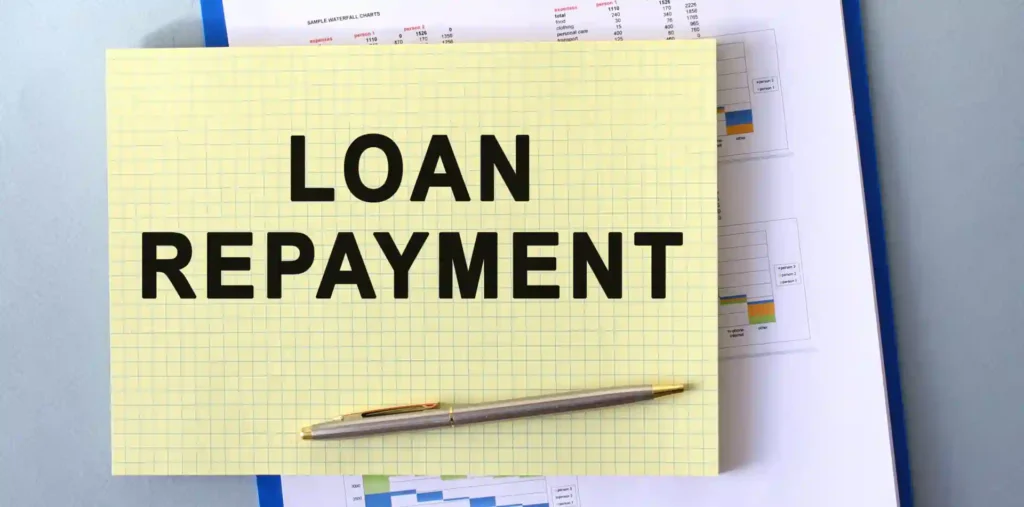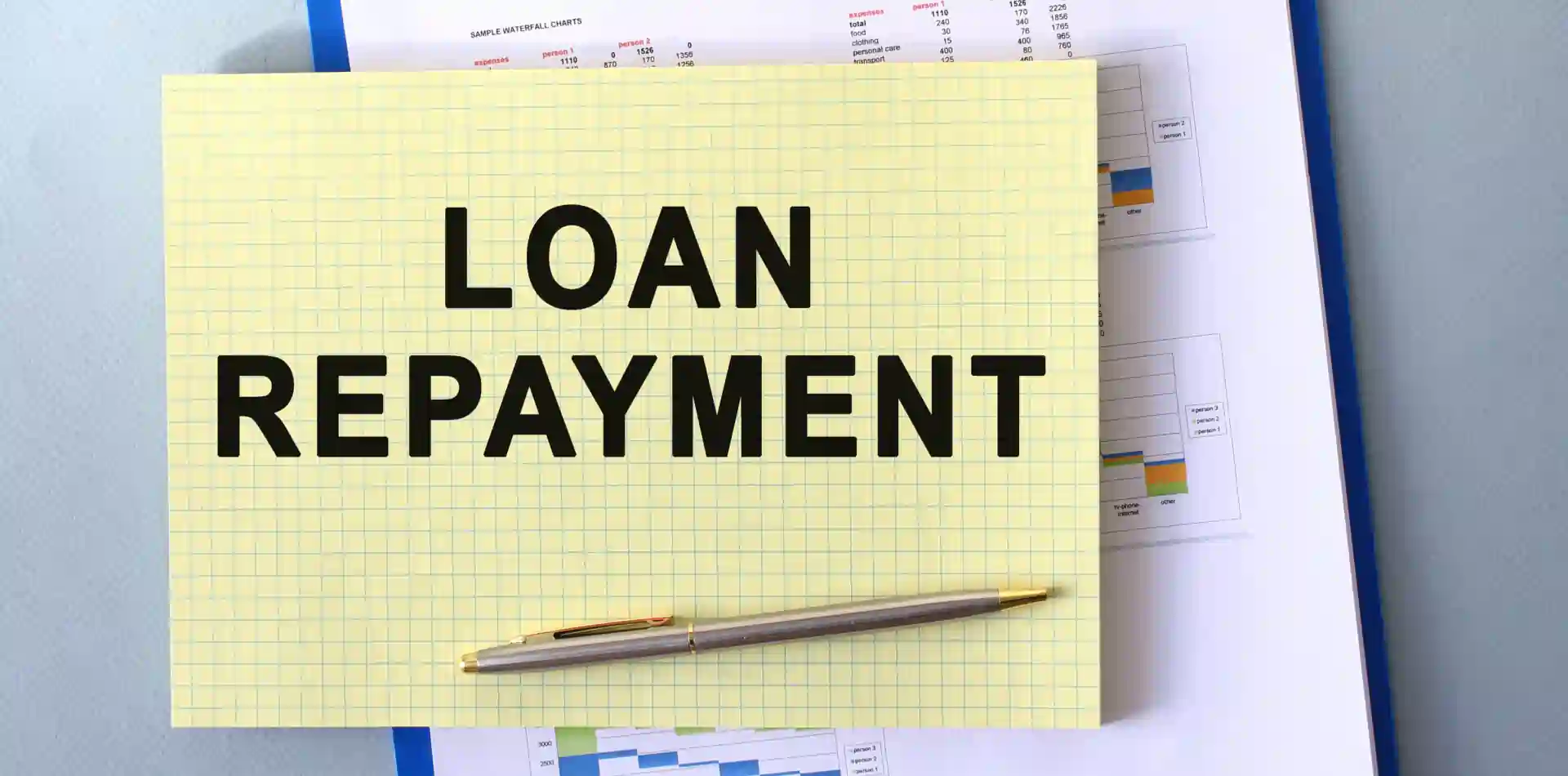Taking out a personal loan can be an excellent way to cover large expenses, consolidate debt, or manage unexpected costs. However, once you’ve received the loan, the real work begins: repaying the loan. Understanding how to manage your repayment schedule is essential for maintaining your financial health and avoiding late fees, higher interest, or negative impacts on your credit score.
In this article, we’ll provide helpful tips for staying on track with your personal loan repayment. By following these strategies, you can ensure you meet your loan obligations, manage your finances effectively, and get out of debt faster.
Why Personal Loan Repayment is Important

When you take out a personal loan, you’re agreeing to repay the borrowed amount, plus interest, over a specified period. Whether you’re using the loan for debt consolidation, home improvements, or medical bills, understanding the importance of repayment is crucial for your financial well-being.
If you miss payments or fail to repay the loan on time, the lender may impose penalties, increase your interest rate, or even take legal action. Moreover, missed or late payments can negatively affect your credit score, making it harder to obtain future credit. Staying on top of your repayment plan will prevent these issues and help you build a solid credit history.
Tips for Staying on Track with Your Personal Loan Repayment
Here are some actionable tips to ensure you make timely payments and manage your loan repayment effectively:
1. Create a Detailed Budget
Before you start repaying your personal loan, it’s important to understand your monthly income and expenses. Budgeting is key to ensuring you have enough money to cover your loan payments and other essential expenses, like rent, utilities, and groceries.
How to create a budget:
- List all of your monthly income sources, including your salary, freelance earnings, or any other form of income.
- Record all of your monthly expenses, such as rent, bills, subscriptions, groceries, and discretionary spending.
- Allocate a portion of your income to cover the monthly loan repayment based on your loan amount and interest rate.
A detailed budget will give you a clear picture of where your money is going and help you prioritize your personal loan repayment. Adjust your spending in non-essential areas to ensure you’re able to make your loan payments on time.
2. Set Up Automatic Payments
One of the easiest ways to stay on track with your personal loan repayment is by setting up automatic payments. Most lenders offer the option to set up automatic payments from your checking or savings account. This ensures that your payment is made on time every month without you having to remember or manually initiate the payment.
Benefits of automatic payments:
- Ensures timely payments and helps you avoid late fees.
- Reduces the likelihood of forgetting a payment, especially during busy months.
- Some lenders even offer a discount on your interest rate if you sign up for automatic payments, further saving you money.
Make sure that your bank account has sufficient funds before setting up automatic payments to avoid overdraft fees.
3. Pay More Than the Minimum Payment
While paying the minimum payment on your personal loan may be enough to avoid late fees, it’s generally a good idea to pay more than the minimum whenever possible. This helps reduce the principal balance of your loan, which in turn reduces the interest that accrues over time.
Benefits of paying more than the minimum:
- Faster loan payoff: Paying extra each month will help you pay off your loan earlier.
- Lower interest: The more you pay toward the principal, the less interest you’ll have to pay over the life of the loan.
- Improved credit score: A faster loan repayment and lower debt balances can positively impact your credit score.
If you can afford to pay more than the minimum, aim to pay a fixed extra amount each month or make occasional lump sum payments. Even a small additional payment can make a big difference over time.
4. Consider Refinancing for Lower Interest Rates
If you’ve been repaying your personal loan for some time and interest rates have dropped, or your credit score has improved, you may be eligible to refinance your loan at a lower interest rate. Refinancing can potentially lower your monthly payments and reduce the total interest paid over the life of the loan.
Steps for refinancing your personal loan:
- Shop around and compare rates from different lenders, including banks, credit unions, and online lenders.
- Consider the fees associated with refinancing, including origination fees or closing costs.
- Evaluate your current financial situation to determine if refinancing makes sense.
Refinancing can be an excellent option if it helps you lower your payments or pay off the loan faster. However, be mindful of any fees associated with refinancing, as they can sometimes offset the savings.
5. Prioritize High-Interest Debt
If you have multiple sources of debt, consider prioritizing loans or credit card balances with the highest interest rates first. This approach, known as the debt avalanche method, helps you save money on interest while focusing your resources on paying off high-interest debt.
For example:
- Start by paying down your personal loan if it has a higher interest rate compared to other debts.
- Once your high-interest loan is paid off, you can direct those funds to other outstanding balances.
Prioritizing high-interest debt ensures that you’re saving the most money over time. If your personal loan has a lower interest rate compared to credit card debt, it may be worth focusing on credit card repayment first.
6. Monitor Your Loan Balance and Payments
Keeping track of your loan balance and payments is essential to staying on top of your repayment plan. Regularly reviewing your loan account will allow you to spot any discrepancies, monitor your progress, and ensure that you’re not missing any payments.
You can monitor your loan balance through:
- Online banking portals
- Loan statements provided by your lender
- Mobile apps from your lender (if available)
Staying informed about your loan’s progress can help you stay motivated to pay off the balance sooner, and it will help you make better financial decisions.
7. Use Windfalls to Pay Down the Loan Faster
If you receive a bonus, tax refund, or any other unexpected financial windfall, consider using it to pay down your personal loan. Rather than spending this extra money on non-essential items, applying it toward your loan can significantly reduce your balance and save you money on interest.
If you can’t pay off the entire loan with a windfall, making a lump sum payment can still shorten your loan term and reduce the total interest you pay.
8. Stay in Communication with Your Lender
If you’re struggling to keep up with your personal loan payments, don’t hesitate to contact your lender. Many lenders are willing to work with borrowers facing financial hardship by offering forbearance, deferment, or restructured payment plans.
Being proactive and communicating with your lender can help prevent missed payments, late fees, or damage to your credit score. If you foresee difficulty making your payments, speak with your lender early to explore options.
9. Avoid Taking on More Debt
While you’re repaying your personal loan, avoid taking on additional debt, especially high-interest debt like credit cards. Adding more debt to your financial obligations can overwhelm your budget and make it harder to stay on track with your loan repayment.
Focus on managing your current loan before considering new borrowing. If you must take on additional debt, explore low-interest options and carefully evaluate whether it’s necessary.
